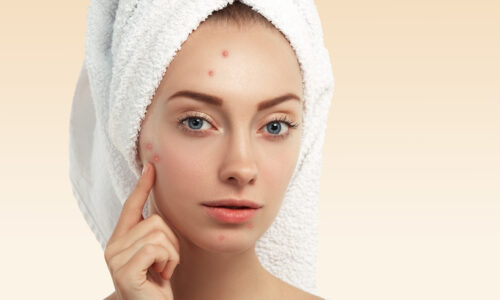Cleft lift treatment in Mumbai

Although having a child with a cleft can be unpleasant, cleft lip and palate can be fixed. In the majority of infants, a series of operations can attain a more normal appearance and restore normal function with little scarring.
Symptoms
A split (cleft) in the lip or palate is typically obvious from birth. The symptoms of cleft lip and palate include:
- One or both sides of the face may be affected by a split in the lip and palate (roof of the mouth).
- A lip split that just looks like a tiny notch in the lip or that extends through the upper gum and palate and into the base of the nose
- A gap in the roof of the mouth that has no impact on facial appearance
Less frequently, a cleft only affects the soft palate muscles (submucous cleft palate), which are in the back of the mouth and protected by the lining of the mouth. This kind of cleft is frequently undetected at birth and may not be identified until later when symptoms manifest. Submucous cleft palate symptoms and signs can include:
- Difficulty with feedings
- Difficulty swallowing, with potential for liquids or foods to come out the nose
- Nasal speaking voice
- Chronic ear infections
When to see a doctor?
When your doctor determines that your kid has a cleft lip and palate, which is often found at delivery, they may start organising care. If your newborn exhibits any of the warning signs and symptoms of a submucous cleft palate, make an appointment with the doctor.
Causes
- Cleft lip and cleft palate are birth defects caused by improper facial and oral tissue fusion. The tissues that comprise the lip and palate frequently fuse together during the second and third months of pregnancy. However, in newborns with cleft lip and cleft palate, the fusion either never occurs or occurs just partially, leaving a hole (cleft).
- According to studies, a mix of inherited and environmental factors cause the majority of cases of cleft lip and cleft palate. Rarely is a specific reason identified in babies.
Both the mother and the father can pass along clefting genes, either alone or as part of a genetic disorder that includes a cleft lip or cleft palate as one of its symptoms. Although a baby may occasionally inherit a gene that increases their likelihood of having a cleft, the cleft is often the result of environmental factors.
FAQs
What is done in plastic surgery?
What is the difference between cosmetic and reconstructive surgery?
Cosmetic surgery is performed to reshape normal structures of the body in order to improve appearance and self-esteem. Cosmetic surgery is usually not covered by health insurance because it is elective.
Reconstructive surgery is performed on abnormal structures of the body caused by congenital defects, developmental abnormalities, trauma, infection, tumors or disease. In general, reconstructive surgery is performed to improve function, but may also be completed to approximate a normal appearance.
Reconstructive surgery is typically covered by most health insurance policies, although coverage for specific procedures and levels of coverage may vary greatly.
If I have Botox or Restylane, how often would I need to repeat the injections?
Botox lasts about three to four months, and the treatment can be repeated as needed. When it wears off, you will begin to notice increased muscle action and some reformation of the wrinkles. It appears that with repeated use, the effect of Botox becomes longer lasting.
Restylane injections last for about six months, and can also be repeated as needed.
How do I know what size breast implant is right for me?
The decision is based on a number of factors, including the patient’s desires, reasons for the surgery and overall health.
For example, are you doing it because you feel your breasts are too small relative to your body contour or are you unhappy with the size and firmness of your breasts following pregnancy, breastfeeding or major weight loss? Unevenness between the breasts can also be a motivating factor. Your surgeon can help you make the right decision during your pre-surgical appointment(s).